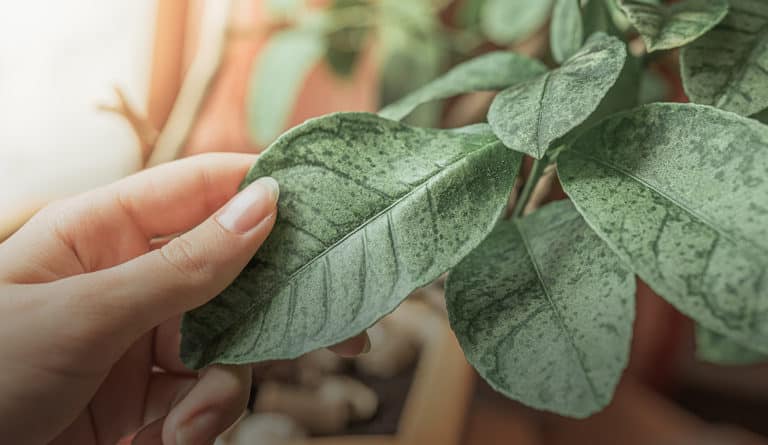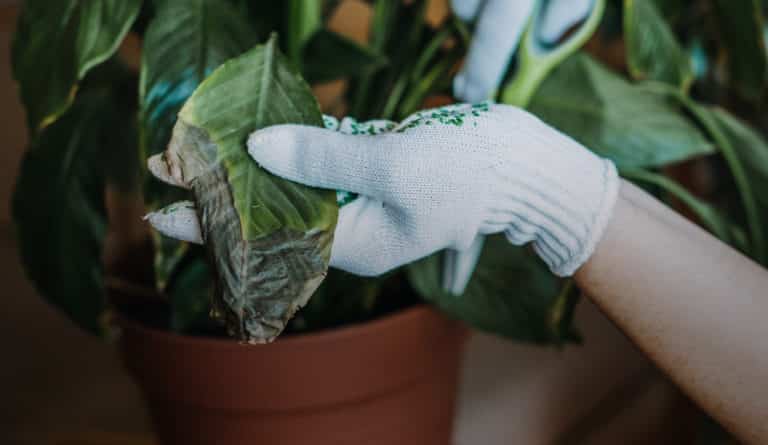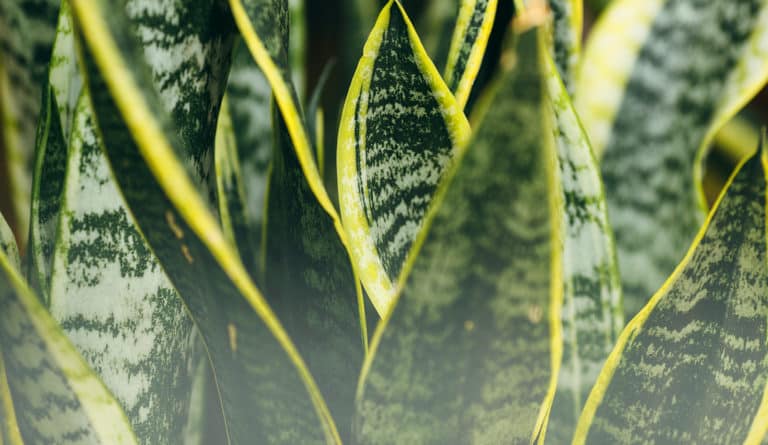You only need one location and that’s a sunny one. Vegetables thrive in sunshine so find a spot that will be sun-soaked for most of the day.
Ready to raise a family of healthy veggies? Well begin with a raised vegetable garden! We make it easy to DIY a raised garden bed brimming with a nutritious bounty.
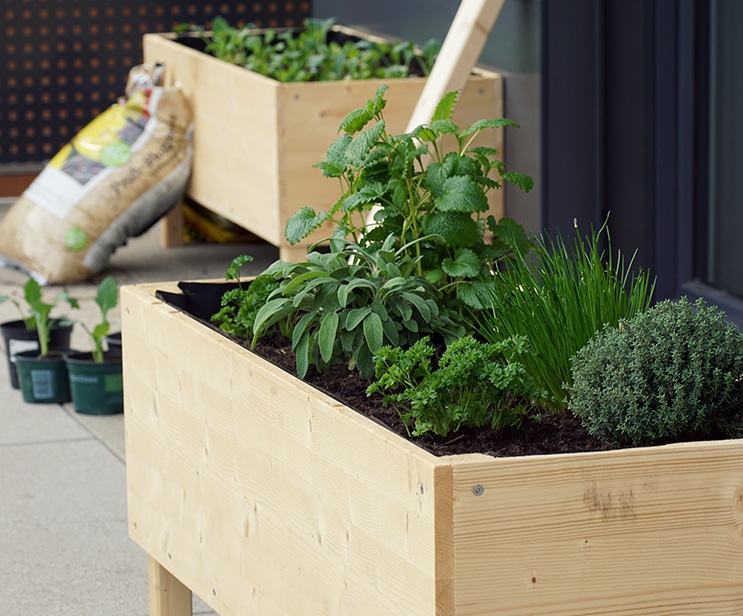
strong foundations
Adding a high-quality soil to your raised garden bed will significantly improve the existing soil. This will allow your veggie plants to grow strong roots and render robust veggies. A specially designed soil, like Miracle-Gro® All Purpose Garden Soil will continually release plant food.
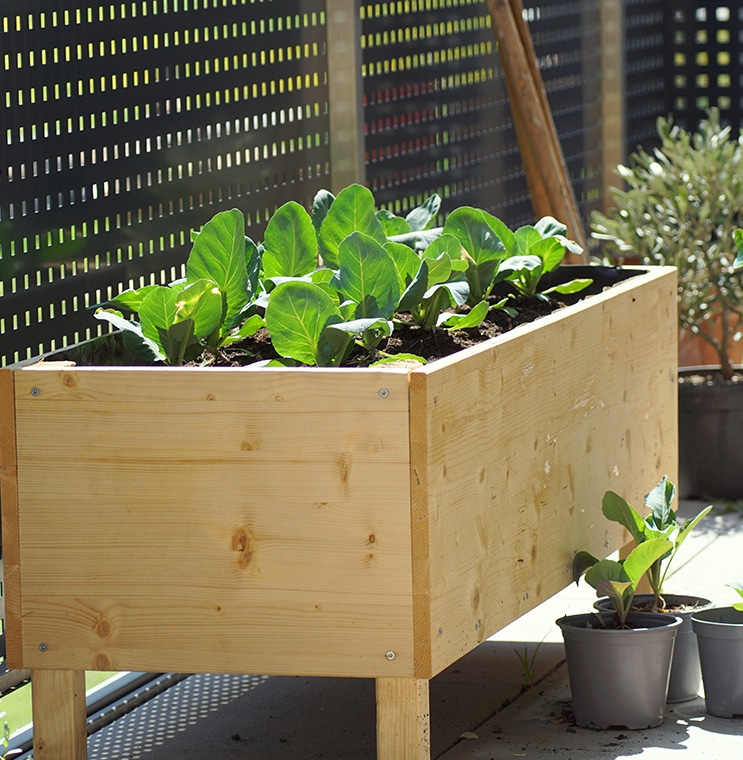
pick faves for picking
Choose a variety of veggies you enjoy eating. If you cook a lot, grow onions, carrots, peppers, and herbs to have on hand. If you’re more into salads, plant lettuce, tomatoes, and cucumbers ripe for the picking.
water & feed
Depending on the weather, water your plants regularly and feed them a couple of times a week with Miracle-Gro® Water Soluble Tomato, Fruit and Vegetable Plant Food.
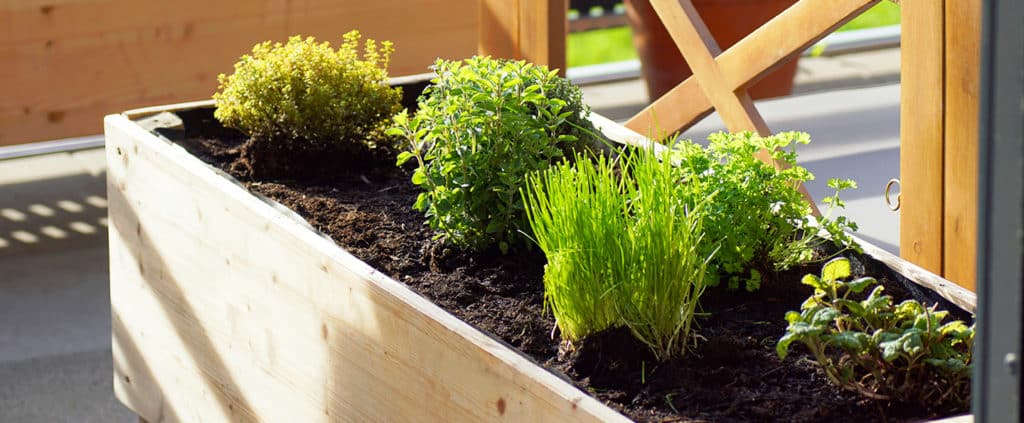
#easypeasy
Why do gardening pros and newbies alike pick daylilies? They are easy to grow and easy on the eyes, for starters. They are also perennial and drought-tolerant, making them low maintenance flowers for your garden.
be choosey
Daylilies come in a vast variety, including small yellow plants in landscaping to towering orange ones growing wild by the side of the road. From purple petals to ruffled fringes, part of the fun of daylilies is deciding which ones to grow. To enjoy flowers all season, plant a mixture of early-, mid-, and late season bloomers and look out for re-blooming varieties.
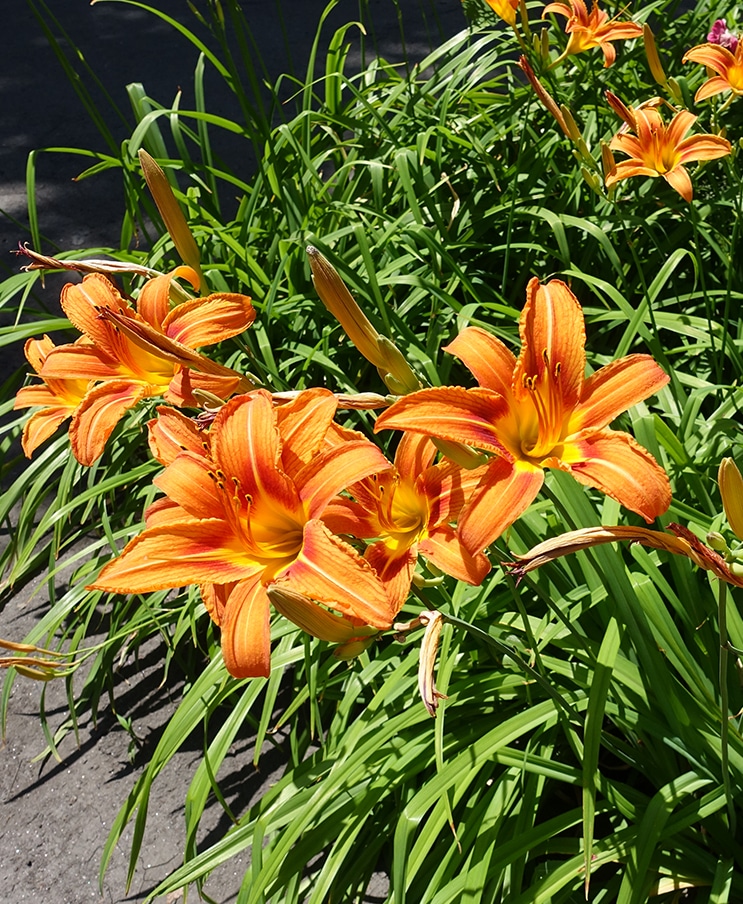
planting daylilies, you dig it
Those roadside attractions of clustered daylilies are proof that they are sturdy and strong. To optimize their flower power, plant daylilies in sunny spots that get at least six hours of full sun rays daily. Soil that isn’t constantly soaked in water is best. For a dramatic floral display, sow seeds generously as they know how to put on a group ensemble show! If you are looking to add a splash of colour around your house exterior or wish to fill out a sparse perennial garden, daylilies are perfect.
it’s all in the timing
Late spring or early fall is best for planting these pretty perennials. If you find a flowering friend in your garden store in the summer, transfer it to the ground right away. It will need some extra TLC so water it frequently during this summer transition but with attention it should grow to be tough like its shoulder-season counterparts.
prep your daylily bed
Knowing how to prepare soil for daylilies properly is key. Adaptable to an astonishing variety of soil, planting daylilies in well-drained, slightly moist soil will render the best blooms, especially if you use fortified organic matter like Miracle-Gro® All Purpose Garden Soil mixed in the planting areas. Mix 3 inches of the garden soil with the native soil, or in individual planting holes in a 50:50 ratio.
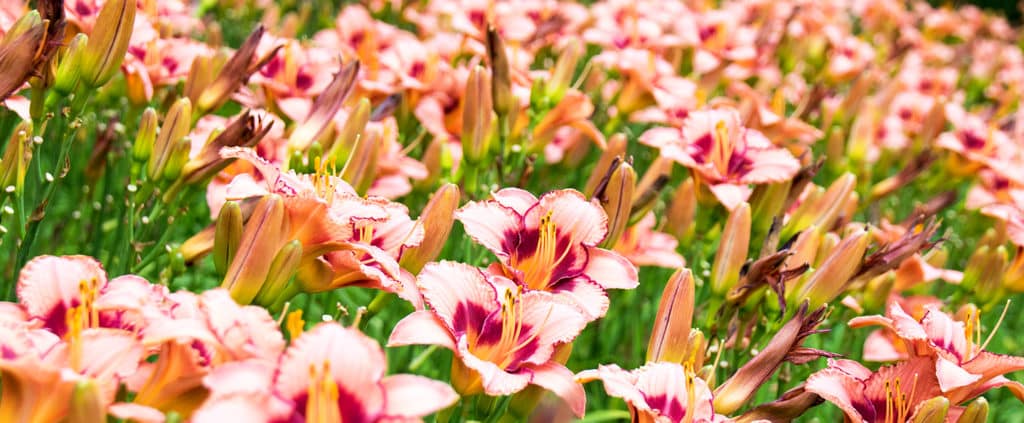
finding a home
The daylilies will start in two ways, usually as container-grown plants but sometimes clumpy bare-root plants that have roots and a growing stem. Either type can be planted by digging a hole that should measure twice as wide as the plant’s root system and just as deep.
Container daylily plants must be gently settled in the hole, nestling the soil around the roots. Bare-root daylilies should be planted by making a mound with some of the soil mixture in the planting hole. Spread out the roots on top of the mound, surround them with soil. Make sure When the daylily is planted, ensure its crown (where the roots meet the stem or leaves) lies slightly above the soil line. Plants must be watered well, and pro tip: hug mulch around them to keep soil moist.
thirsty daylilies
The first few weeks from planting, your daylilies should be watered every couple of days. After a few weeks you can reduce watering once or twice a week. Unless you are experiencing a drought, which is classified as 4-plus weeks without measurable rainfall, natural precipitation will water them for you. Once daylilies are established, magnificent daylilies are drought-tolerant.
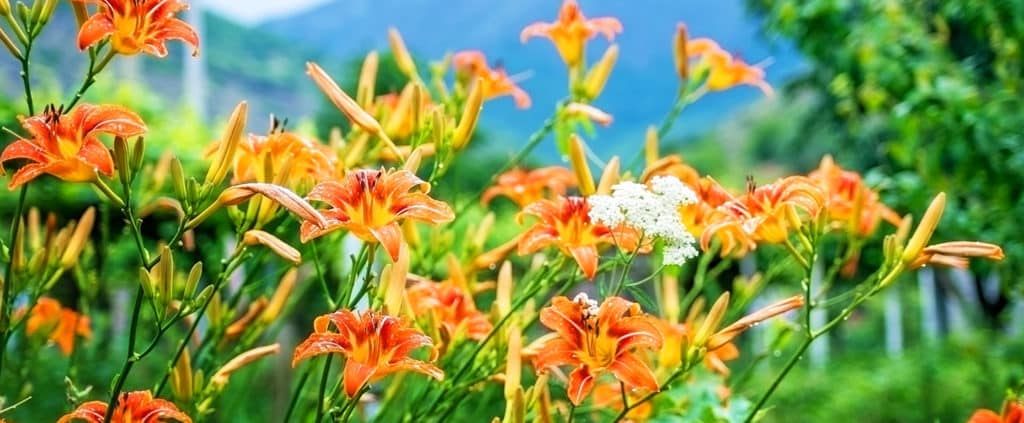
daylilies get hangry
Give your daylilies their best lives by feeding them with Miracle-Gro® Shake ‘n Feed® Ultra Bloom® Plant Food. Introduce it about a month after planting to fortify these flowers. Its natural ingredients nourish plants from root to bloom. Follow the package directions to know how much to use and how often.
dead heading, it’s a snap
Daylilies are named after the fact their flowers only last for one day. To keep plants neat and healthy, you’ll have to dead head your blooms by snapping off the dead flowers in the morning. If the flowers are blooming on a stalk, level it to the ground and if foliage withers midway through summer, give it a trim.
#easypeasy
Does the idea of a DIY wood garden bed make your knees buckle? Follow our 5 easy steps and you’ll be building your own 4X4 garden bed (and your neighbours will be admiring it.)
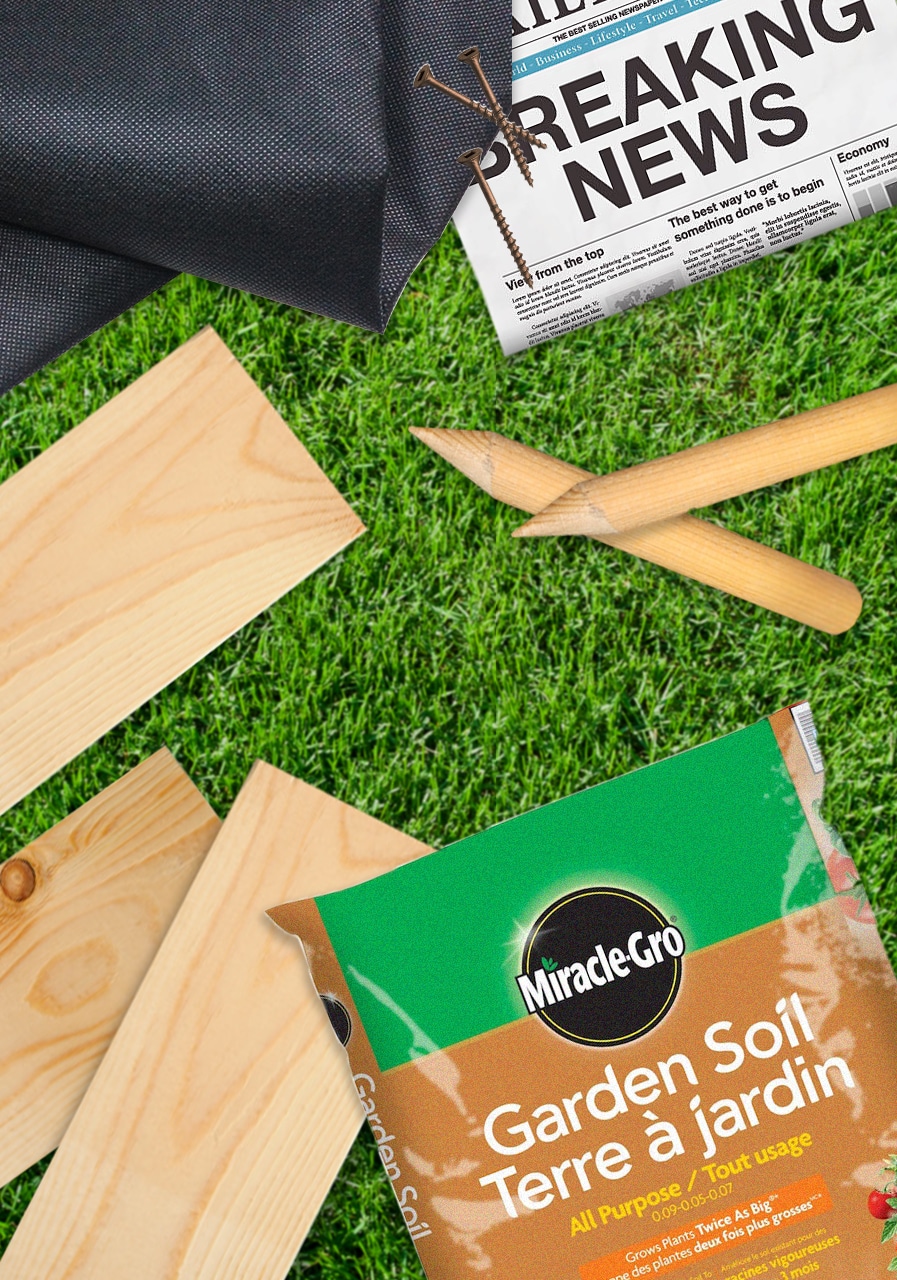
materials to build a garden bed:
- 2 8-foot long 2×12 boards
- 4 2×2 wooden stakes
- Landscaping fabric
- Deck screws
- 11 bags of Miracle-Gro® Organics Garden Mix For Vegetables & Herbs
- Corrugated cardboard or newspapers
- Plants
- Miracle-Gro® Organics Plant Food Granules for Vegetables and Herbs
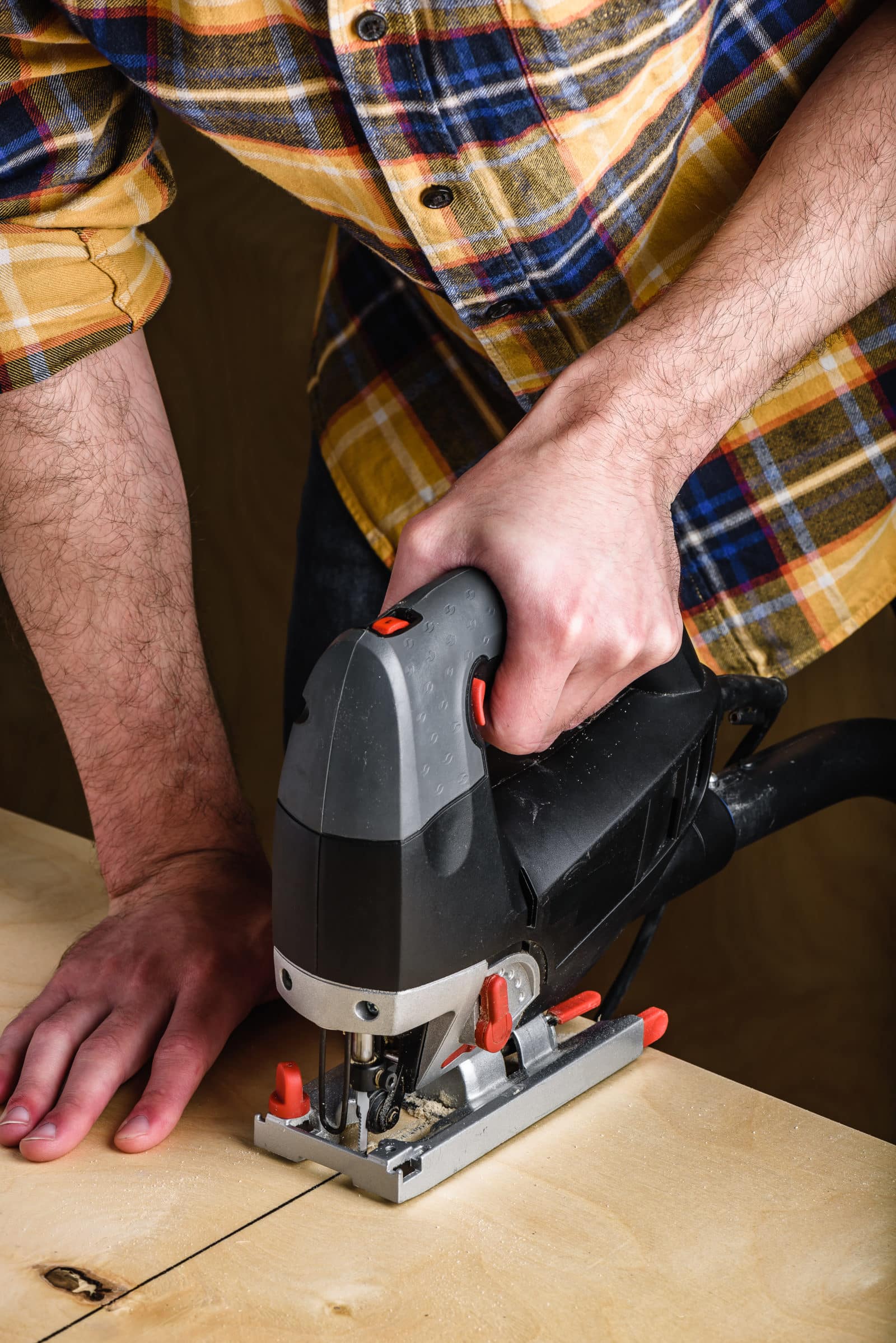
step one. buy the wood and soil
Head to your favourite home improvement store, get two 8-foot-long 2×12 boards and ask them to cut them in halves. The best type of wood is something rot-resistant like pressure-treated lumber, white oak, or cedar. You’ll also need to get four packages of 2X2 wooden stakes. While you are there, grab your deck screws and Miracle-Gro® soil and plant food as well.
step two. assess your garden
Find an area of your yard that is level, exposed to sunshine and is near a water source. If you have chosen a grassy area, mow it short first before adding your new garden bed.
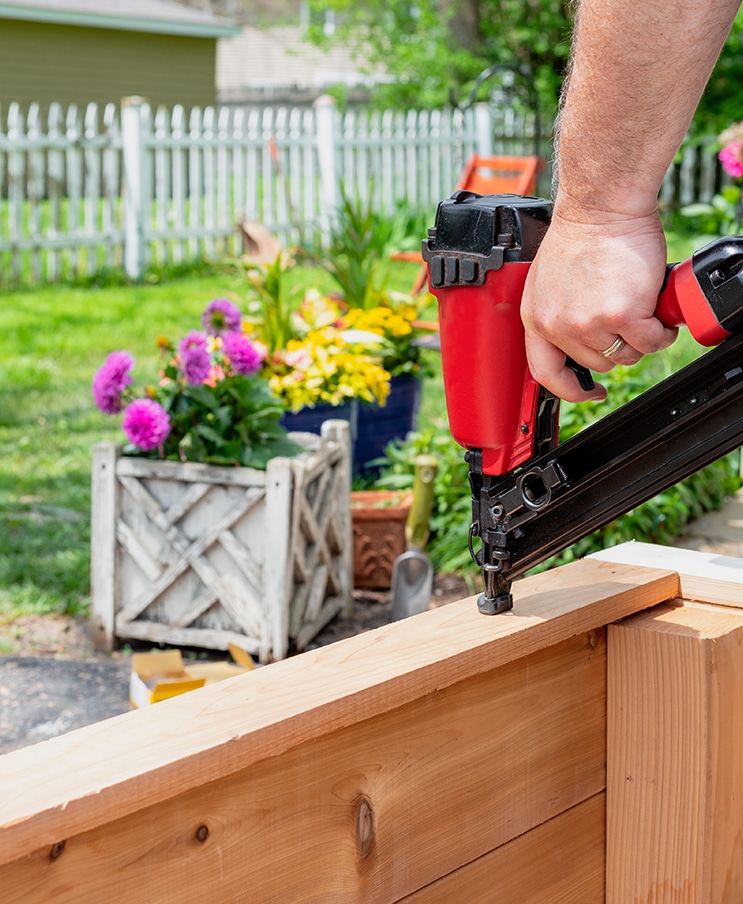
step three. get frame
To build the raised garden bed frames, place the boards in a square on their edges. To avoid the wood splitting apart, drill holes in each corner and fasten the boards together with four screws.
step four. make your bed
Put the landscape fabric over the spot you chose for your garden bed, extending it beyond the frame to help protect the wood. Set down the bed frame. Through the fabric, hammer one 2X2 stake into the ground on the inside of the frame to fortify the corners. Next, cover the fabric with the cardboard or a few layers of newspaper. This will help prevent weeds from growing through. Now it is time to fill the square box with soil, using a rake to level it.
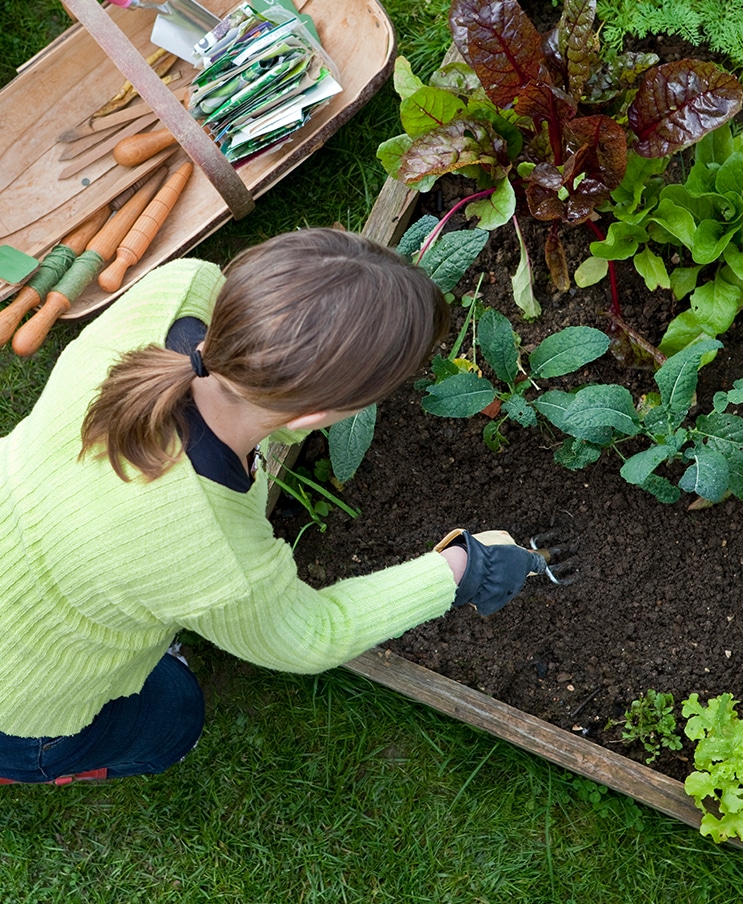
step five. planting time
Plant the seeds of your favourite plants, or if you are keen to get growing, plant sprouted vegetable and herb plants. Nourish your plants to reap a good harvest using your Miracle-Gro® Organics Plant Food Granules for Vegetables and Herbs coupled with the garden soil, these products will harvest three times more over the growing season.
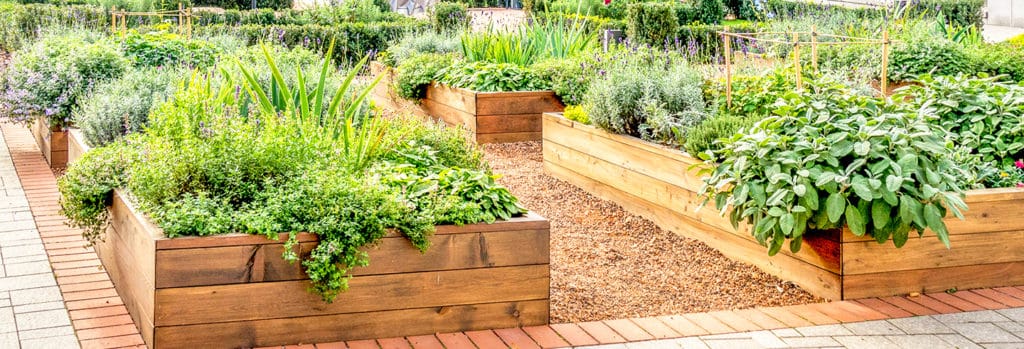
Congrats, it was easier than you expected, right? Perhaps it won’t be just plants but your collection of garden beds will grow, too.
#easypeasy
If you didn’t think to add radishes to your dishes, you will now. Here’s how to grow your own radishes that will make Fraggles jealous.
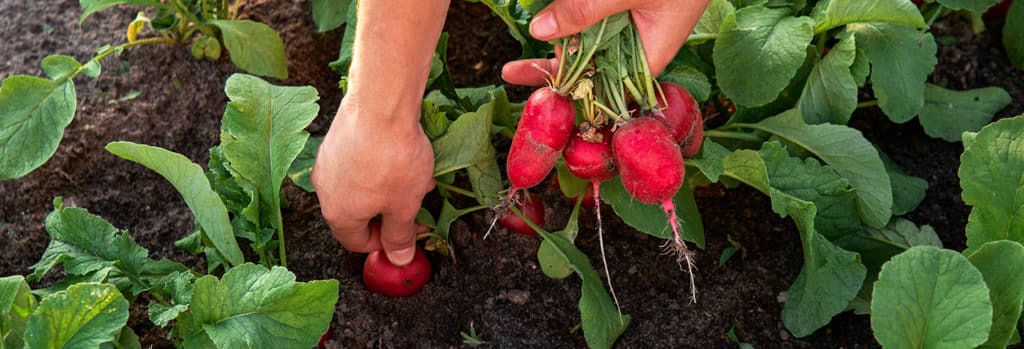
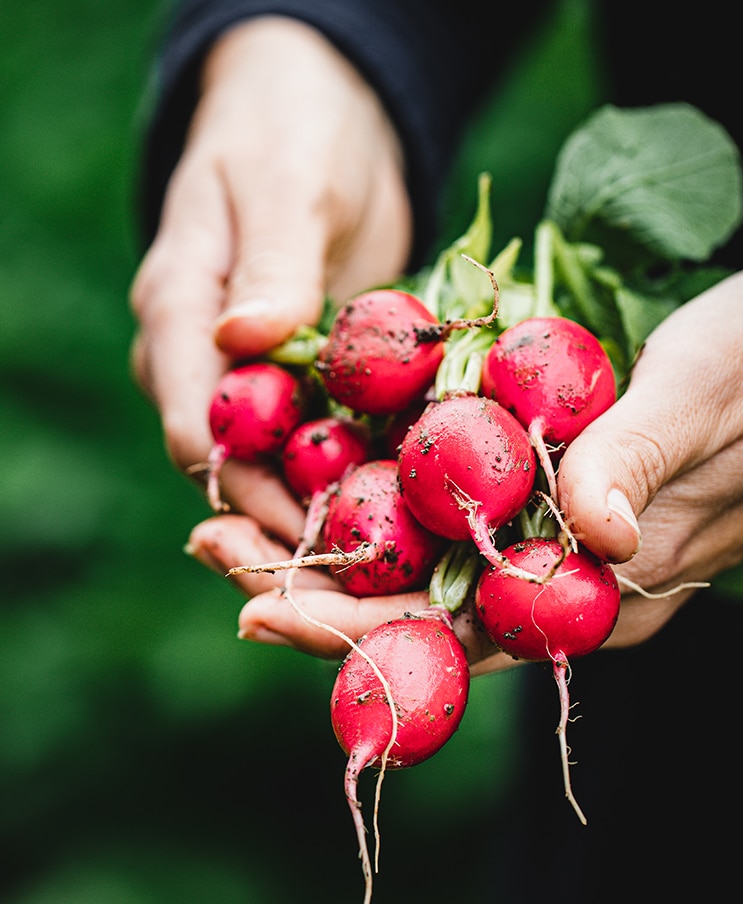
hang loose with your soil.
Soil should be loose, moist, and nutrient-rich for radishes to grow and thrive. Miracle-Gro® Organics Garden Mix for Vegetables & Herbs is the perfect blend that you can use alone or mix it with your own soil.
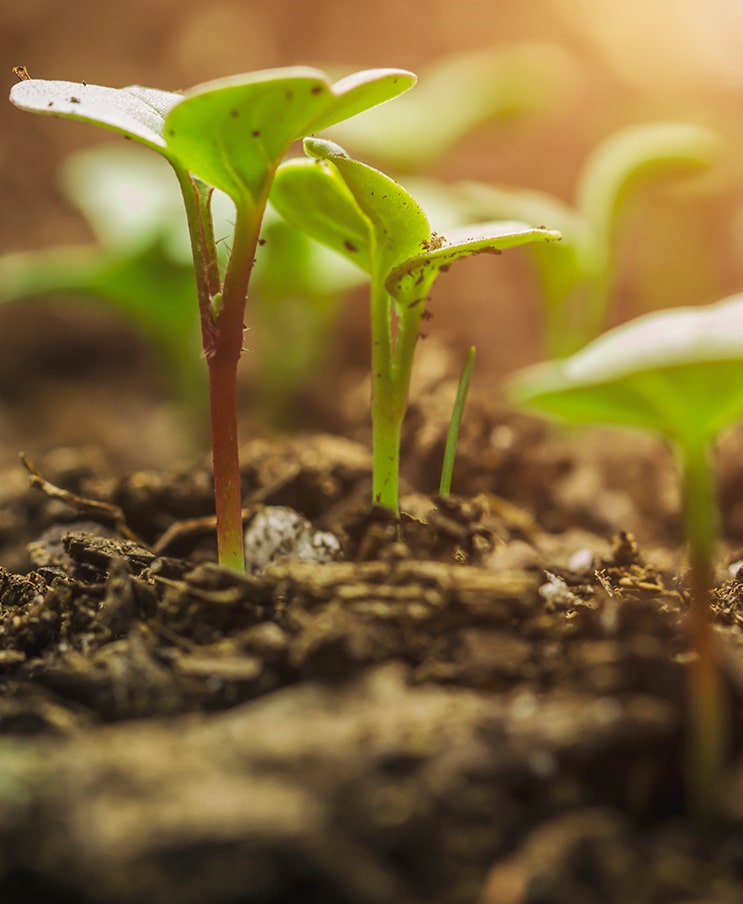
sow the radish seeds. (yes, they do have seeds!)
3 to 4 weeks before the last spring or fall frost is predicted, grab those radish seeds (wondering why you can’t see them? Seeds appear only after the root veg is edible.) Spring radishes usually take 18 to 45 days to harvest and winter radishes anywhere between 45 to 70 days. Plant the seeds ½ inch deep and 1 inch apart.
grow rad radishes
When your radish babies reach 1 inch in height, begin thinning them so the radishes can spread their roots and leaves, ideally 2 to 3 inches apart.
raising radishes right
The most important thing to do for your radish plants is to keep them watered so the soil is moist and remove any weeds that may surround them. Radishes grow best in partial shade or beside taller plants that can protect them from strong sun rays.
they grow up so fast
Radishes are a precocious bunch; they mature before you know it. The grow quickly but left in the ground they will break open, so pluck ‘em when they look like they’re ready to eat.
#easypeasy
The best thing about growing basil of course is when it is ready to eat. To get there faster, opt for young basil plants You say bay-sil, I say bah-sil… tomato or tomAto, there’s definitely one way to make basil grow – and that’s the easy way!
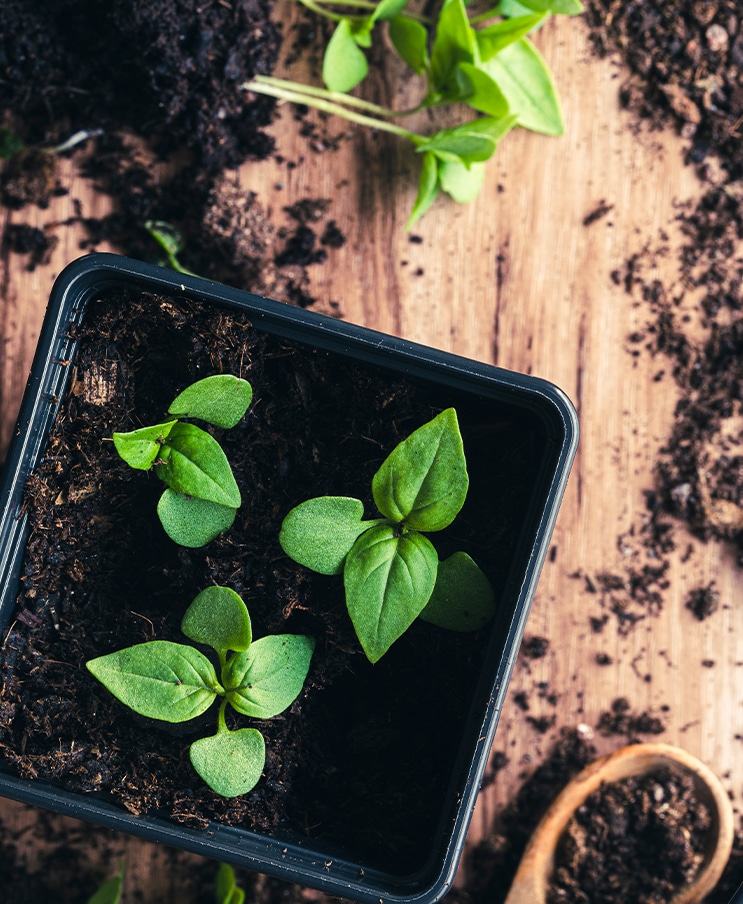
top tips to begin your basil brood:
- Basil plants need 6 to 8 hours of sun daily so place them accordingly, opting for afternoon shade if later sun is a scorcher.
- Check the soil regularly, watering when the top inch feels dry.
- Prune the top branches when the plants grow to be 4 to 6 inches tall to encourage more side shoots. Pinch the basil flowers off so the plants do not go to seed.
- Mulch is a good way to block weeds and keep soil moist.
- Feed basil plants with Miracle-Gro® Water Soluble All Purpose Plant Food one month after planting.
- Begin harvesting when your basil plants are 6 to 8 inches tall.
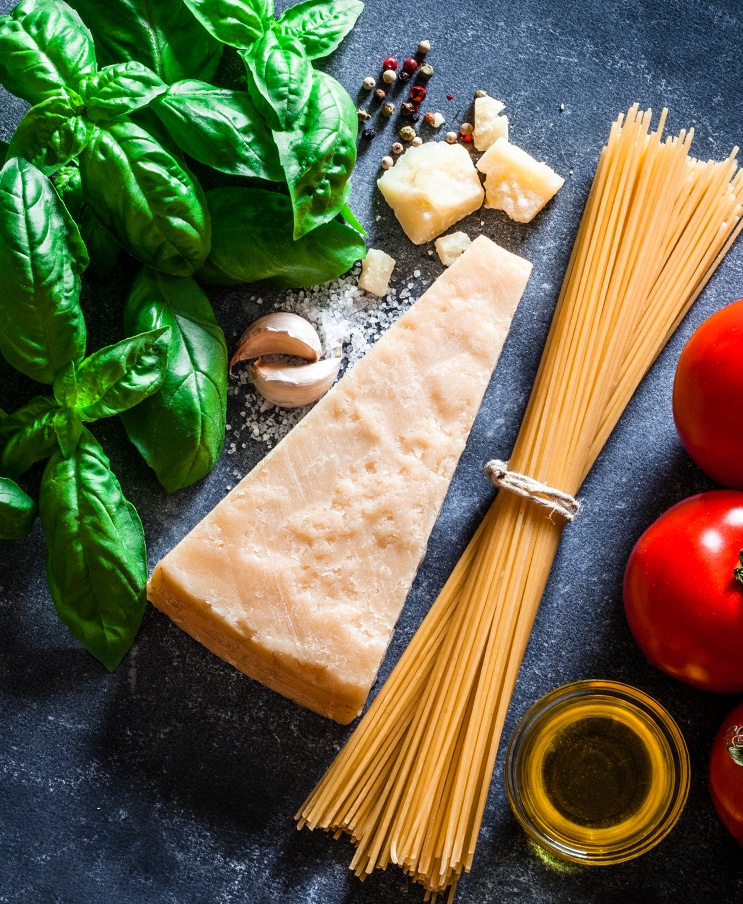
the secret lifecycle of basil
Originally a tropical herb, this Mediterranean beauty is a favourite in North American gardens and incredibly versatile as a herb in your favourite culinary creations. Here we take you from planting, growing, harvesting, and enjoying.
planting your basil
Robert Plant might have sung Stairway to Heaven but the mighty basil plant is one of the most heavenly herbs by far. Its intoxicating aroma has been the basis for fine perfumes and is a welcome addition to any home or indoor garden just for that reason alone.
The best thing about growing basil of course is when it is ready to eat. To get there faster, opt for young basil plants instead of seeds. If growing from seed is your thing, given their cultural roots (and literal ones!) wait for the soil to have warmed, by waiting for the final frost to pass. You could also grow the indoors six to eight weeks prior to the last expected frost date.
here’s how to grow your basil from seed
• Sow basil seeds one-half inch deep in Miracle-Gro® Seed Starting Potting Mix.
• Place three seeds in each seed-starting cell (egg cartons do nicely).
• After the seeds germinate, about one to two weeks, you will see the first set of teardrop-shaped basil leaves appear.
• Snip away the seedlings leaving the most robust looking one in the cell.
• Use larger containers to transfer seedlings or go straight to planting in the garden or use a 12 inch container or more for growing basil in a pot.
• Space plants 12 to 18 inches apart in the garden.
• If starting basil from seeds directly in the garden, sow the seeds ½ inch deep in the soil, one inch apart. Prune to 12 to 18 inches apart once the leaves appear.
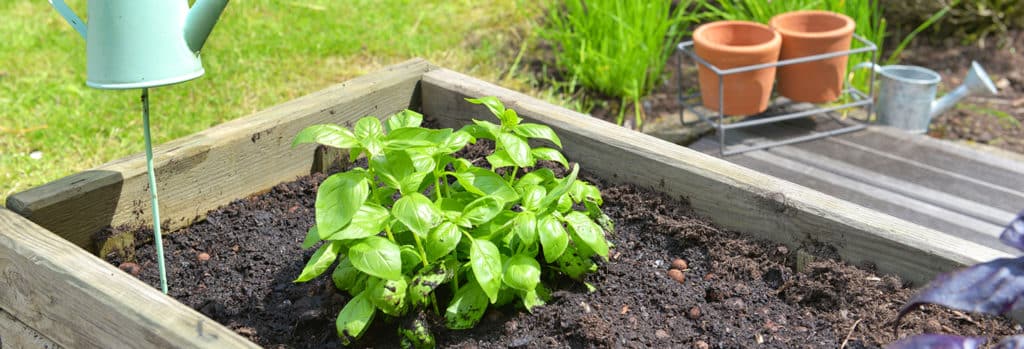
your basil baby all grown up
To really grow like a pro, check out these essential basil gardening tips.
• Aw, those little basil plants are so cute, couldn’t you just pinch them? Then do it! Pinch the tops of your basil plants once they reach 4 to 6 inches in height to make those babies busher and branched out. Repeat once they have grown another 5 or so inches. If you don’t pinch, flowers will grow and decrease leaf production and poorly affect flavour.
• Those basil babes are a thirsty bunch, and basil plants in containers need watered more often than garden-grown basil. Regularly check the soil and if the top inch is dry, it’s time for a date with the garden hose or watering can.
• Basil, true to its warm Mediterranean roots does not live well in cold temperatures, including your refrigerator, where their tender leaves can get damaged and brown. If they are outside in your garden and the temperature dips down to 5C, it’s time to harvest and enjoy.
• Grow like a pro and add mulch around your basil (and other plants) to fend off weeds and retain soil moisture. Scotts® Nature Scapes® mulch was designed for this purpose.
• To boost leaf production, use a high-quality soil. One month into planting, fortify your soil with Miracle-Gro® Water Soluble All Purpose Plant Food® every one to two weeks.
happy harvesting
Once your basil plants are a healthy 6 to 8 inches high, prune or pinch the leaves or stems. Freshly picked basic leaves keep well for a few days, especially in a vessel of room temperature water. Pro tip: do not put basil in the fridge as the cold air browns the leaves. You can however freeze it in cubes of water or oil to cook with at a later date.
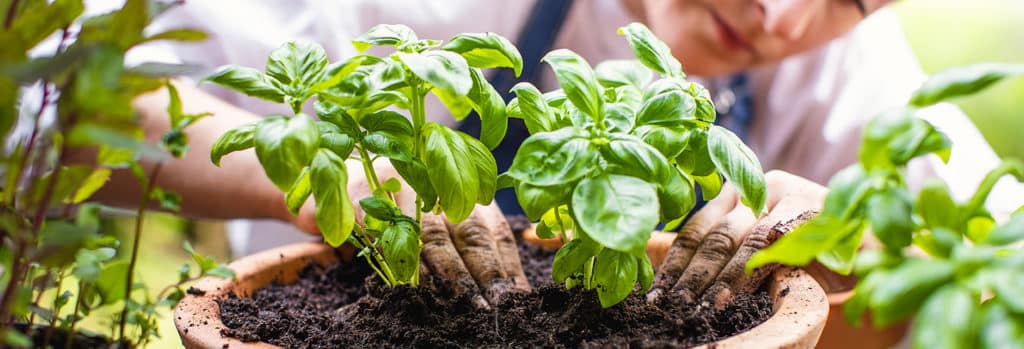
your secret homegrown ingredient
This verdant, versatile herb tastes like it makes Italian food sing opera, Mediterranean food say OPA and Asian dishes burst with depth of flavour. We all know the savoury uses of basil in pizza salads, sauces, and sandwiches, but it also packs a fresh flavour punch to fruits and smoothies.
Use Thai basil in Southeast Asian dishes like stir-fries, soups and marinades. Chef’s tip: tear, don’t chop, your basil leaves to release the natural oils and flavour and add it last.
basil the international herb
This verdant, versatile herb tastes like it makes Italian food sing opera, Mediterranean food shout, “Opa!”and Asian dishes burst with depth of flavour. We all know the savoury uses of basil in pizza salads, sauces, and sandwiches, but it also packs a fresh flavour punch to fruits and smoothies.
Use Thai basil in Southeast Asian dishes like stir-fries, soups and marinades. Chef’s tip: tear, don’t chop, your basil leaves to release the natural oils and flavour and add it last.
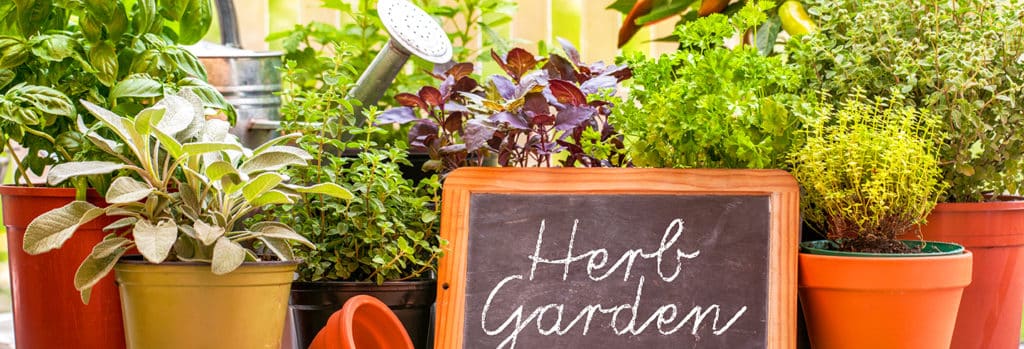
#easypeasy
a tomaTOTALLY versatile garden essential,
Tomatoes are a must-grow plant, whether your vegetable garden is just getting started or you’re a seasoned pro. No matter what the variety, is there any tomato tastier than a homegrown tomato? Their grocery counterparts simply do not compare.
Here we show you how to grow a tomato plant from seed, in 7 steps.
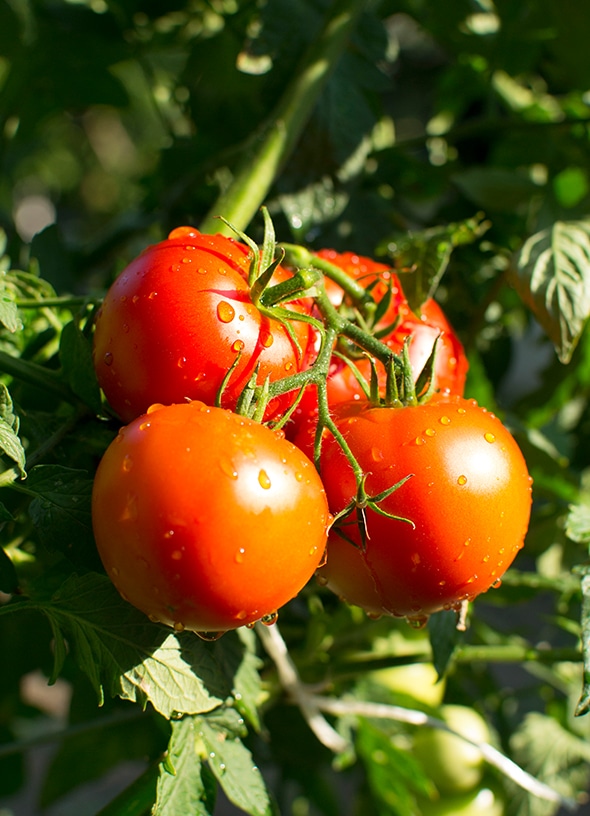
growing tomatoes from seeds
Beefsteak tomatoes are the most popular tomato variety, heart, durable, and tasty. If you are more limited for space, go for smaller varieties, like cherry tomatoes. Add different colours, flavours, and sizes to your garden by including different kinds of tomatoes like yellow and heirloom. Growing your tomatoes from seed allows you to produce greater variance, as opposed to starter tomato plants, which you have less control over.
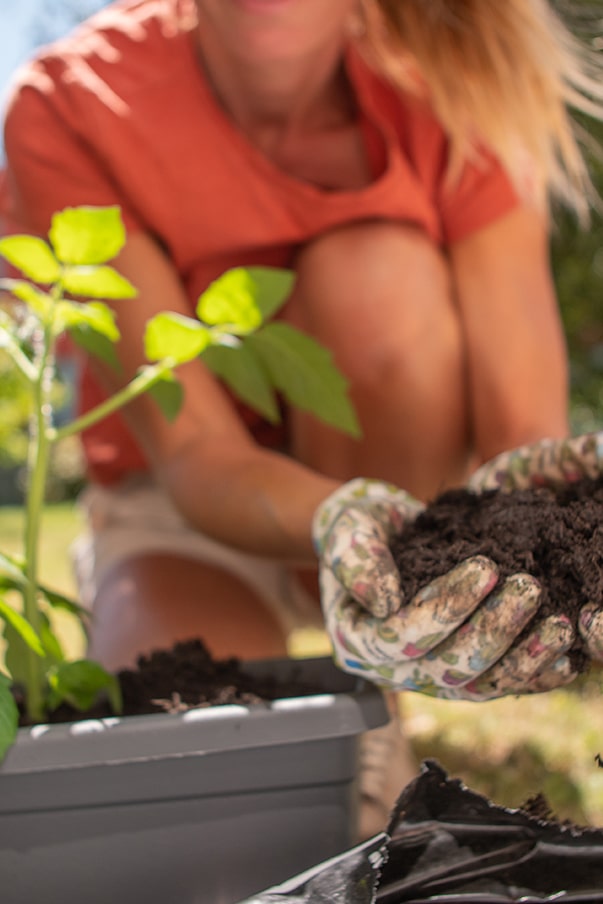
next step: planting
- Using small containers, like egg cartons, plant two tomato seeds in each section with a seed starter mix that fortifies root growth, like Miracle-Gro® Seed Starting Potting Mix.
- Add water to the potting mix so it’s spongy but not too wet, then plant your tomato seeds ⅛ inch deep, pressing down slightly.
- To conserve moisture, be sure to cover the containers loosely with plastic wrap and put them in a dark, warm spot. Seeds will typically sprout within 1 to 2 weeks.
- When they do, move them to a sunny area (or under grow lights). When leaves start to appear, it’s time to transfer them to a larger home, like a 450 mL / 16oz container with holes in the bottom for drainage.
are we ready to go outside yet?
To avoid your tomato babies facing hard knocks, harden them off!
· Gradually introducing them to outdoor conditions, known as hardening off, will allow them to adapt to the elements.
· Find a spot protected from direct sun and wind gusts, and leave the tomato seedlings outside for a few hours daily. Bring them back indoors in the evening or when temperatures go to 10 C / 50 F or less.
· Do this every day for 10 to 14 days. You may also wish to purchase cold frames or DIY your own plastic sheeting protectors for windier or cooler days outside.
prepping the ground
You may have protected your tomato babies from hard knocks, but they still should be grounded!
· Once the ground is warm enough, optimally two weeks after the last frost, mix a generous amount of high-quality soil like Miracle-Gro® Organics Garden Mix for Vegetables & Herbs then add 3 inches of mulch, like Scotts® Nature Scapes® Mulch around your tomato plants to keep them moist and weed-free.
· Leave at least 6 inches between the tomato plants and the mulch.
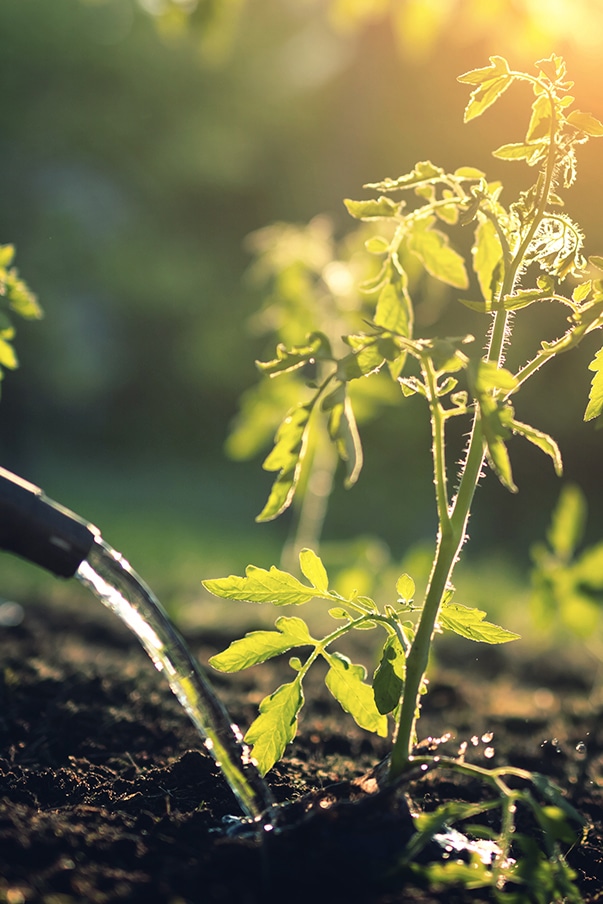
feed & water your tomatoes now and they will feed you later
· Tomatoes will be hungry for nutrients when they first grow in the soil, so it is important to feed them a specialized plant food like Miracle- Gro® Organics Plant Food Granules for Vegetables & Herbs, and water them daily.
· Once they’re viable after a few weeks, you can feed them every two weeks and of course water regularly.
· Your hands and eyes are vital gardening tools – use a fingertip to test soil moisture closer to the roots, about one inch deep, and keep an eye out for any wilting leaves which will indicate if the plants are amply watered and fed.
sauce, salads it’s time to harvest
Fruit on the vine should appear from 45 to 90 days after planting. You can decide if your tomatoes are ripe by richer colour and firmness. Although there should be a slight softness, a very soft tomato is too ripe and past its best. Now pick them and enjoy!
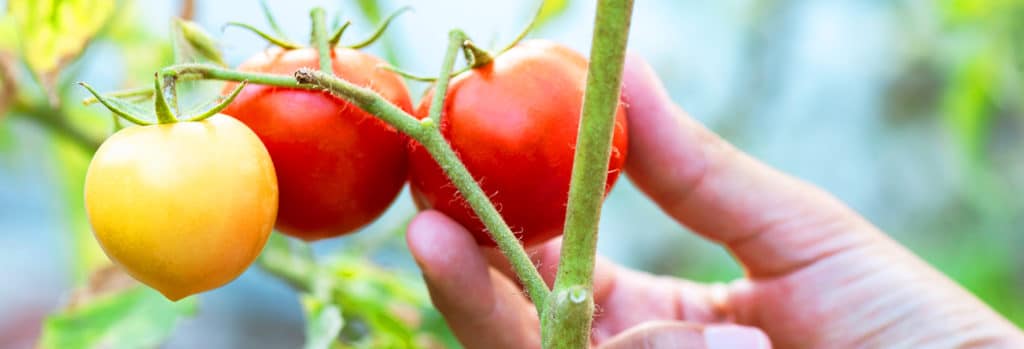
healthy tomatoes make happy gardeners
To ensure your tomato plants thrive, water them regularly. Tomatoes love sunshine and therefore soil can dry up quickly, so they need plenty of h2o. Plants can decline rapidly without enough water. You will see a notable response when you feed your tomato babies plant food, so continue to feed at two-week intervals or more if they seem to do better that way. Prune branches that grow on or near the ground to prevent disease and remove any fallen tomatoes or buggy or wormed ones.
#easypeasy
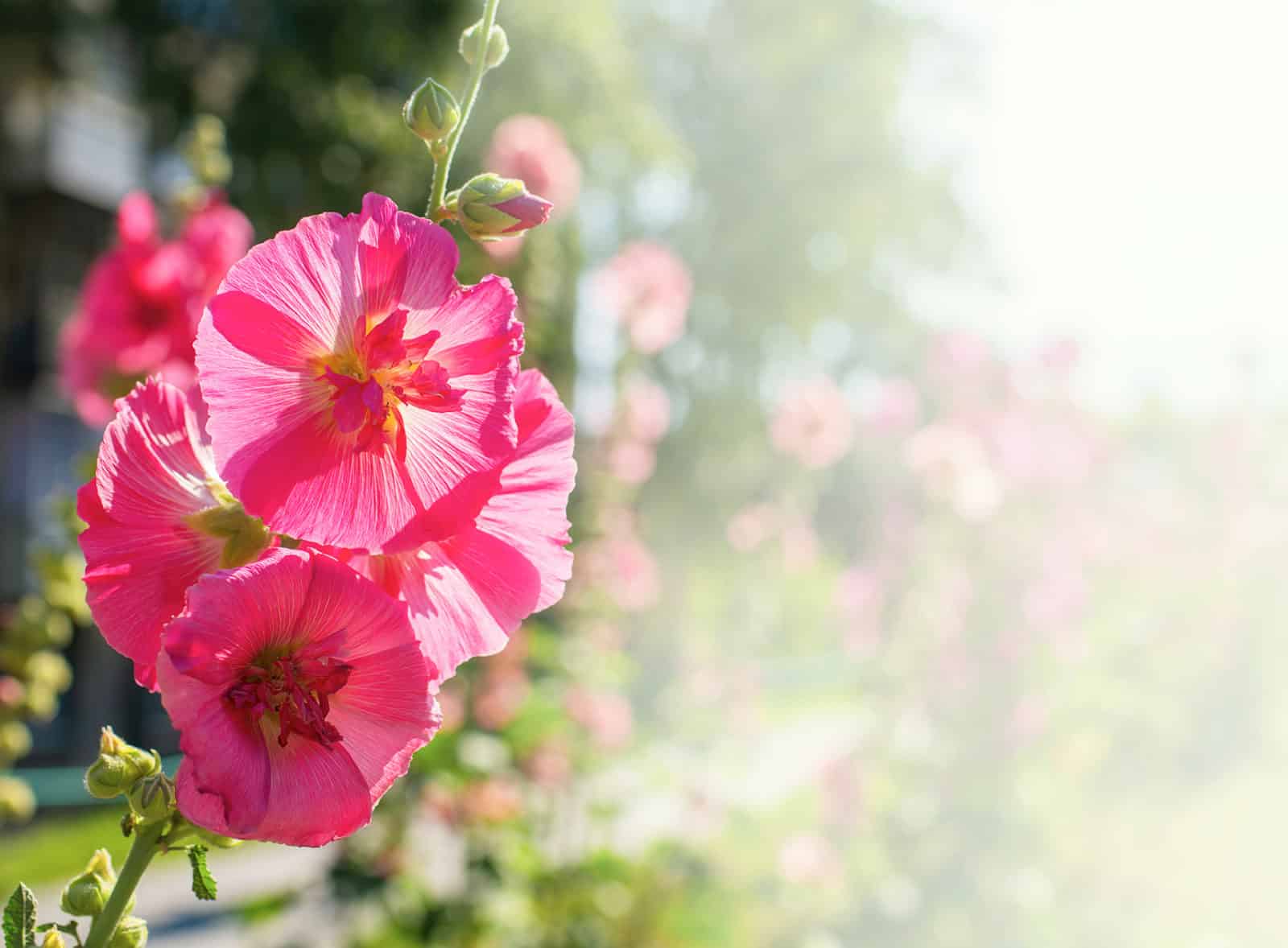
hollyhocks
aka Alcea rosea
Hollyhocks can easily be started from seeds indoors, and transplanted outdoors. They add drama, colour and height to your garden. These plants are likely to attract some wildlife to your garden such as hummingbirds and butterflies! Hollyhocks can get a little “leggy” and it’s often suggested to plant dense plants in front of them to hide this. Once planted, Hollyhocks can be difficult to move. It’s suggested to plant them in a spot where you won’t have to move them.
variations
Hollyhock ‘Sunshine’, Hollyhock ‘Peaches ‘n’ Dreams, Hollyhock ‘Creme de Cassis’, Hollyhock ‘Blacknight’, Hollyhock ‘Halo Red’, Hollyhock ‘Halo Apricot’, Hollyhock ‘Halo Lavender’, Hollyhock ‘The Bride’, Hollyhock ‘O Hara’, Hollyhock ‘Banana’
light
varying needs
Full sun to partial shade
water + feeding
not too thirsty
Will tolerate moist conditions if soil is well drained. Water thoroughly during hot, dry weather. Keep water off leaves when watering, to prevent disease problems. The mistake many novice hollyhock growers make is to plant this flower in soil that’s too dry. If you are planting seeds, sow them outside about a week before last frost. If you are planting seedlings out, wait about two to three weeks after last frost. Hollyhock seeds only need to be planted right below the soil, no more than 1/4-inch (.6 cm.) deep
toxic
not really
These flowers are also non-poisonous to dogs or cats, but you need to be careful about the stems and leaves as they may have resin or fiber which may cause some skin allergies.
size
medium-ish
Hollyhock blooms are about four inch double flowers borne on wand-like stems. They have fuzzy leaves, that grow to be about 6-8″ across. A hollyhock plant can grow to be almost 6ft tall!
pro tip
blooms for years
Remove any seed-heads that may form, so hollyhock will continue to bloom for several years. Most plants will live and bloom for several years if stalks are cut off at the base after flowers have faded. They will not be as vigorous as new seedlings. Once established in the garden, hollyhock often grow voluntary from seeds dropped during the summer. These chance seedlings may and should be transplanted elsewhere in the garden.
fun fact
welcome flowers
Hollyhocks symbolize the circle of life, ambition, fertility, and abundance. They have traditionally been planted near the front door of homes to welcome prosperity. Egyptians frequently placed wreaths of hollyhocks with the mummified to help them in their journey to the afterlife.
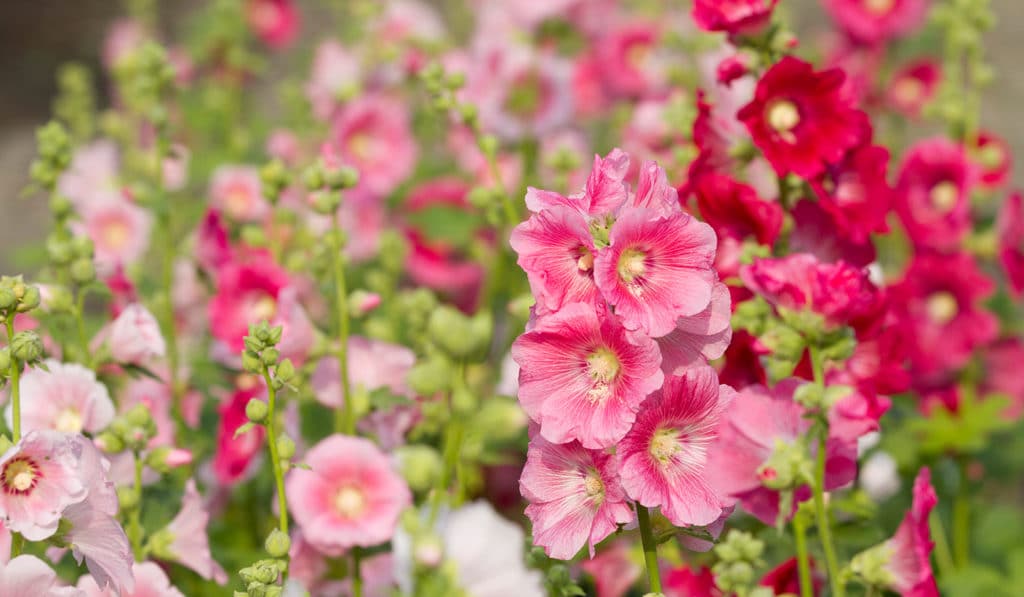
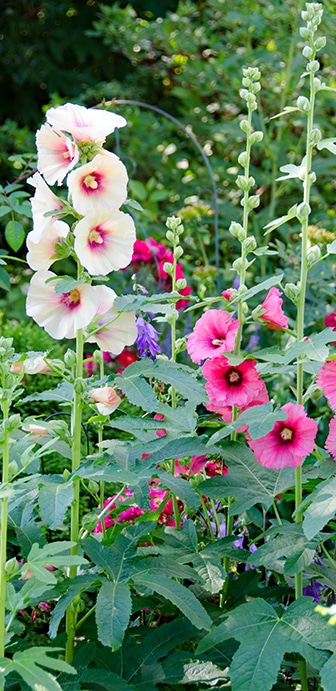
beyond the basics
-
soil & potting
Hollyhock will do well in almost any soil but prefers a well-drained soil. The most important factor is good air circulation, so do not crowd plants or plant too close to structures, hedges or other plants.
-
companion planting
Hollyhocks make excellent companions for Dahlias, Clematis, Shasta Daisies, Shrub Roses, Baby’s Breath, Black-eyed Susan, or Climbing Roses.
-
blooms
Hollyhocks have single or double, cup-shaped flowers with little or no stalk and bloom on tall spikes. Hollyhocks come in a wide variety of colours: blue, pink, purple, red, white, yellow and even black.
-
pest control
Rust is a leaf disease to which hollyhocks are especially prone. It is worse on older plants and can be kept in check by replacing plants every couple of years.

troubleshooting
-
rusty looking leaves?
Rust is a common problem with hollyhocks and can cause the plants to look ragged. Brown, yellow or orange spots appear as the fungus forms and grows. The damaged leaves will fall off as the disease progresses. Control fungi through proper removal and disposal of infected plants and with a general fungicide.
-
breaking Stems?
High winds or torrential rains can damage hollyhocks because of the sheer height of the flowers. The stalks are strong, but can be knocked around by a summer storm. A trellis positioned behind the hollyhocks gives you a place to anchor the plants. Garden twine, looped around the stalk and fastened to the trellis, keeps the hollyhocks in place when strong winds hit the garden.
-
holes in leaves?
Japanese beetles love the large leaves of the hollyhock plant and create unsightly holes in the foliage. The hibiscus sawfly looks like an elongated housefly with an orange spot just below the head. The larvae of these pests eat the foliage and can completely destroy the leaves on several plants in a short time. Insecticidal soaps and beetle traps generally aid in ridding the hollyhocks of the pests.
-
broken stalks?
Some caterpillars cause hollyhock stems to break and leaves to wilt. Close examination shows small round holes in the stems. Control stalk borers by slitting each affected stem lengthwise, removing the borers, and binding the stems together. Practice clean cultivation and burn all weeds, stems and plant remains likely to harbor over-wintering eggs.
-
wilting leaves?
A fungal stem canker attacks hollyhocks at bloom time on rare occasions. Stem lesions are first dark brown and later ash-gray. As these spots girdle the stem the part above wilts, collapses, breaks off and dies. Remove and destroy infected plants or plant parts as soon as you notice them. Disinfect clippers and other tools after using them on cankered plants. Space plants farther apart to minimize splash-borne infection.

hollyhocks
aka Alcea rosea
Hollyhocks can easily be started from seeds indoors, and transplanted outdoors. They add drama, colour and height to your garden. These plants are likely to attract some wildlife to your garden such as hummingbirds and butterflies! Hollyhocks can get a little “leggy” and it’s often suggested to plant dense plants in front of them to hide this. Once planted, Hollyhocks can be difficult to move. It’s suggested to plant them in a spot where you won’t have to move them.
variations
Hollyhock ‘Sunshine’, Hollyhock ‘Peaches ‘n’ Dreams, Hollyhock ‘Creme de Cassis’, Hollyhock ‘Blacknight’, Hollyhock ‘Halo Red’, Hollyhock ‘Halo Apricot’, Hollyhock ‘Halo Lavender’, Hollyhock ‘The Bride’, Hollyhock ‘O Hara’, Hollyhock ‘Banana’
light
varying needs
Full sun to partial shade
water + feeding
not too thirsty
Will tolerate moist conditions if soil is well drained. Water thoroughly during hot, dry weather. Keep water off leaves when watering, to prevent disease problems. The mistake many novice hollyhock growers make is to plant this flower in soil that’s too dry. If you are planting seeds, sow them outside about a week before last frost. If you are planting seedlings out, wait about two to three weeks after last frost. Hollyhock seeds only need to be planted right below the soil, no more than 1/4-inch (.6 cm.) deep
toxic
not really
These flowers are also non-poisonous to dogs or cats, but you need to be careful about the stems and leaves as they may have resin or fiber which may cause some skin allergies.
size
medium-ish
Hollyhock blooms are about four inch double flowers borne on wand-like stems. They have fuzzy leaves, that grow to be about 6-8″ across. A hollyhock plant can grow to be almost 6ft tall!
pro tip
blooms for years
Remove any seed-heads that may form, so hollyhock will continue to bloom for several years. Most plants will live and bloom for several years if stalks are cut off at the base after flowers have faded. They will not be as vigorous as new seedlings. Once established in the garden, hollyhock often grow voluntary from seeds dropped during the summer. These chance seedlings may and should be transplanted elsewhere in the garden.
fun fact
welcome flowers
Hollyhocks symbolize the circle of life, ambition, fertility, and abundance. They have traditionally been planted near the front door of homes to welcome prosperity. Egyptians frequently placed wreaths of hollyhocks with the mummified to help them in their journey to the afterlife.
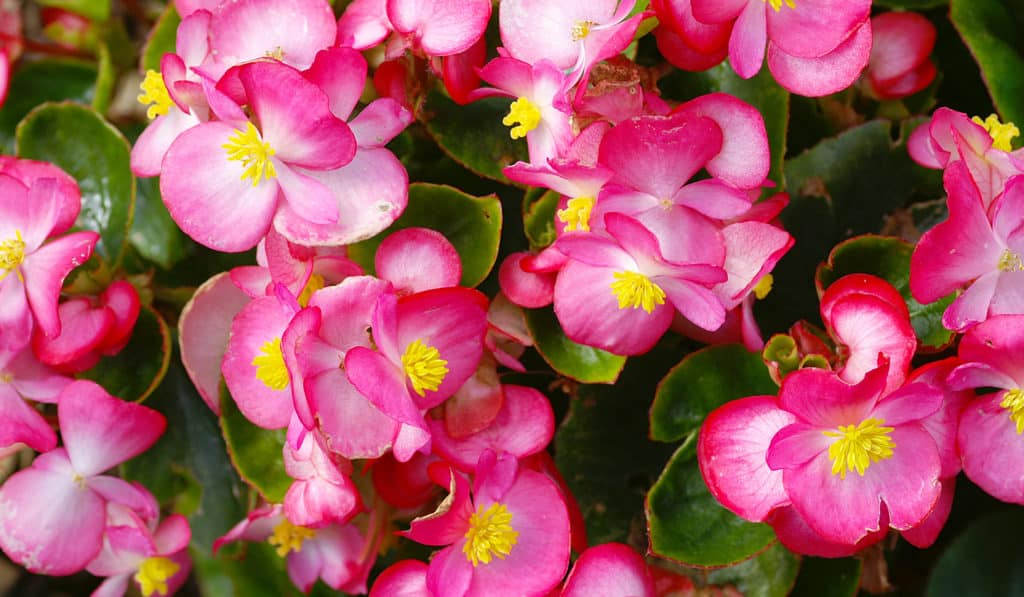

beyond the basics
-
soil & potting
Hollyhock will do well in almost any soil but prefers a well-drained soil. The most important factor is good air circulation, so do not crowd plants or plant too close to structures, hedges or other plants.
-
companion planting
Hollyhocks make excellent companions for Dahlias, Clematis, Shasta Daisies, Shrub Roses, Baby’s Breath, Black-eyed Susan, or Climbing Roses.
-
blooms
Hollyhocks have single or double, cup-shaped flowers with little or no stalk and bloom on tall spikes. Hollyhocks come in a wide variety of colours: blue, pink, purple, red, white, yellow and even black.
-
pest control
Rust is a leaf disease to which hollyhocks are especially prone. It is worse on older plants and can be kept in check by replacing plants every couple of years.
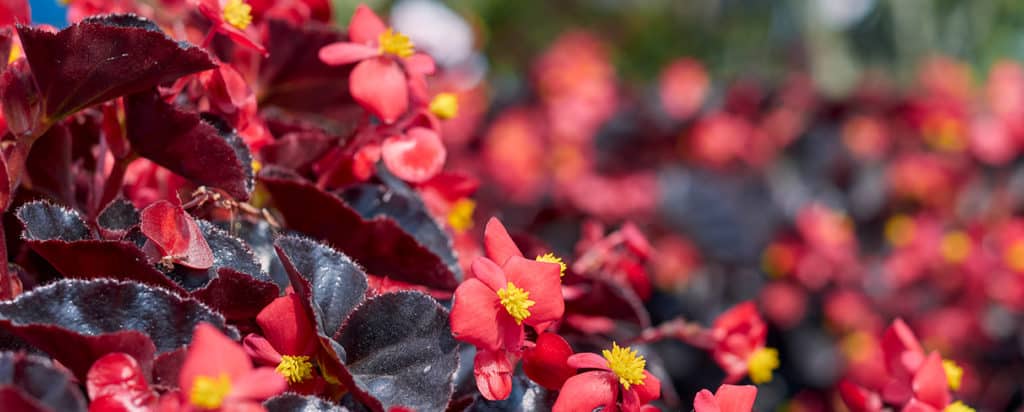
troubleshooting
-
rusty looking leaves?
Rust is a common problem with hollyhocks and can cause the plants to look ragged. Brown, yellow or orange spots appear as the fungus forms and grows. The damaged leaves will fall off as the disease progresses. Control fungi through proper removal and disposal of infected plants and with a general fungicide.
-
breaking Stems?
High winds or torrential rains can damage hollyhocks because of the sheer height of the flowers. The stalks are strong, but can be knocked around by a summer storm. A trellis positioned behind the hollyhocks gives you a place to anchor the plants. Garden twine, looped around the stalk and fastened to the trellis, keeps the hollyhocks in place when strong winds hit the garden.
-
holes in leaves?
Japanese beetles love the large leaves of the hollyhock plant and create unsightly holes in the foliage. The hibiscus sawfly looks like an elongated housefly with an orange spot just below the head. The larvae of these pests eat the foliage and can completely destroy the leaves on several plants in a short time. Insecticidal soaps and beetle traps generally aid in ridding the hollyhocks of the pests.
-
broken stalks?
Some caterpillars cause hollyhock stems to break and leaves to wilt. Close examination shows small round holes in the stems. Control stalk borers by slitting each affected stem lengthwise, removing the borers, and binding the stems together. Practice clean cultivation and burn all weeds, stems and plant remains likely to harbor over-wintering eggs.
-
wilting leaves?
A fungal stem canker attacks hollyhocks at bloom time on rare occasions. Stem lesions are first dark brown and later ash-gray. As these spots girdle the stem the part above wilts, collapses, breaks off and dies. Remove and destroy infected plants or plant parts as soon as you notice them. Disinfect clippers and other tools after using them on cankered plants. Space plants farther apart to minimize splash-borne infection.

hollyhocks
aka Alcea rosea
Hollyhocks can easily be started from seeds indoors, and transplanted outdoors. They add drama, colour and height to your garden. These plants are likely to attract some wildlife to your garden such as hummingbirds and butterflies! Hollyhocks can get a little “leggy” and it’s often suggested to plant dense plants in front of them to hide this. Once planted, Hollyhocks can be difficult to move. It’s suggested to plant them in a spot where you won’t have to move them.
variations
Hollyhock ‘Sunshine’, Hollyhock ‘Peaches ‘n’ Dreams, Hollyhock ‘Creme de Cassis’, Hollyhock ‘Blacknight’, Hollyhock ‘Halo Red’, Hollyhock ‘Halo Apricot’, Hollyhock ‘Halo Lavender’, Hollyhock ‘The Bride’, Hollyhock ‘O Hara’, Hollyhock ‘Banana’
light
varying needs
Full sun to partial shade
water + feeding
not too thirsty
Will tolerate moist conditions if soil is well drained. Water thoroughly during hot, dry weather. Keep water off leaves when watering, to prevent disease problems. The mistake many novice hollyhock growers make is to plant this flower in soil that’s too dry. If you are planting seeds, sow them outside about a week before last frost. If you are planting seedlings out, wait about two to three weeks after last frost. Hollyhock seeds only need to be planted right below the soil, no more than 1/4-inch (.6 cm.) deep
toxic
not really
These flowers are also non-poisonous to dogs or cats, but you need to be careful about the stems and leaves as they may have resin or fiber which may cause some skin allergies.
size
medium-ish
Hollyhock blooms are about four inch double flowers borne on wand-like stems. They have fuzzy leaves, that grow to be about 6-8″ across. A hollyhock plant can grow to be almost 6ft tall!
pro tip
blooms for years
Remove any seed-heads that may form, so hollyhock will continue to bloom for several years. Most plants will live and bloom for several years if stalks are cut off at the base after flowers have faded. They will not be as vigorous as new seedlings. Once established in the garden, hollyhock often grow voluntary from seeds dropped during the summer. These chance seedlings may and should be transplanted elsewhere in the garden.
fun fact
welcome flowers
Hollyhocks symbolize the circle of life, ambition, fertility, and abundance. They have traditionally been planted near the front door of homes to welcome prosperity. Egyptians frequently placed wreaths of hollyhocks with the mummified to help them in their journey to the afterlife.
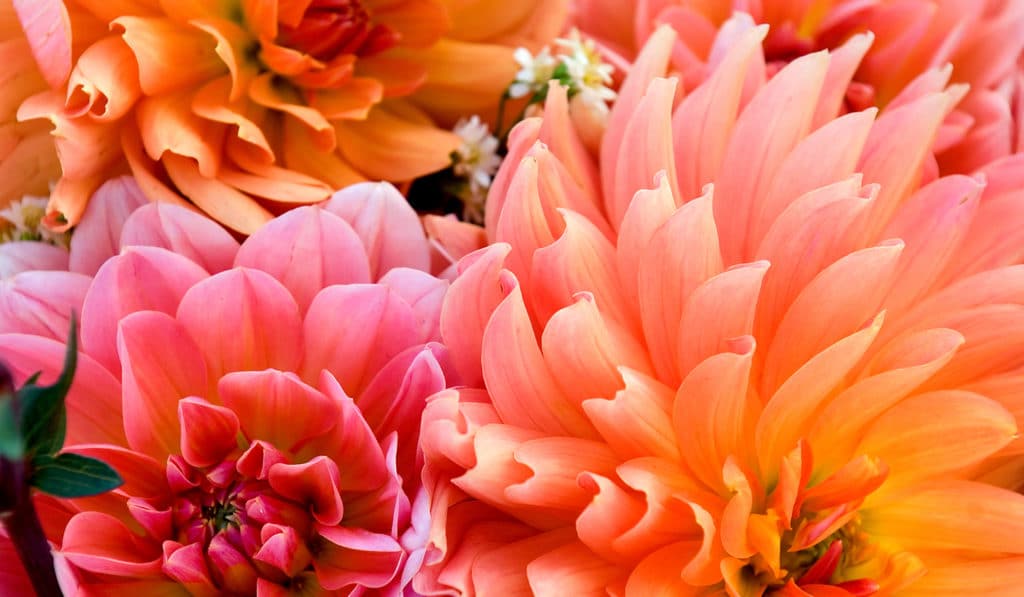

beyond the basics
-
soil & potting
Hollyhock will do well in almost any soil but prefers a well-drained soil. The most important factor is good air circulation, so do not crowd plants or plant too close to structures, hedges or other plants.
-
companion planting
Hollyhocks make excellent companions for Dahlias, Clematis, Shasta Daisies, Shrub Roses, Baby’s Breath, Black-eyed Susan, or Climbing Roses.
-
blooms
Hollyhocks have single or double, cup-shaped flowers with little or no stalk and bloom on tall spikes. Hollyhocks come in a wide variety of colours: blue, pink, purple, red, white, yellow and even black.
-
pest control
Rust is a leaf disease to which hollyhocks are especially prone. It is worse on older plants and can be kept in check by replacing plants every couple of years.
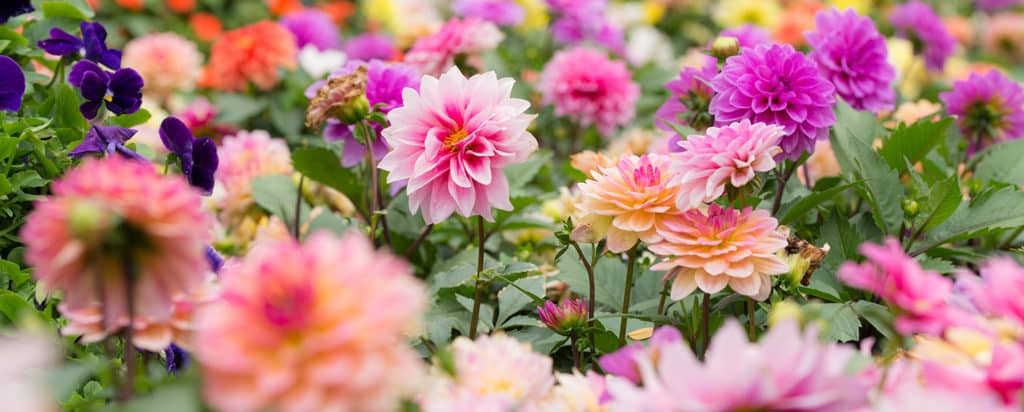
troubleshooting
-
rusty looking leaves?
Rust is a common problem with hollyhocks and can cause the plants to look ragged. Brown, yellow or orange spots appear as the fungus forms and grows. The damaged leaves will fall off as the disease progresses. Control fungi through proper removal and disposal of infected plants and with a general fungicide.
-
breaking Stems?
High winds or torrential rains can damage hollyhocks because of the sheer height of the flowers. The stalks are strong, but can be knocked around by a summer storm. A trellis positioned behind the hollyhocks gives you a place to anchor the plants. Garden twine, looped around the stalk and fastened to the trellis, keeps the hollyhocks in place when strong winds hit the garden.
-
holes in leaves?
Japanese beetles love the large leaves of the hollyhock plant and create unsightly holes in the foliage. The hibiscus sawfly looks like an elongated housefly with an orange spot just below the head. The larvae of these pests eat the foliage and can completely destroy the leaves on several plants in a short time. Insecticidal soaps and beetle traps generally aid in ridding the hollyhocks of the pests.
-
broken stalks?
Some caterpillars cause hollyhock stems to break and leaves to wilt. Close examination shows small round holes in the stems. Control stalk borers by slitting each affected stem lengthwise, removing the borers, and binding the stems together. Practice clean cultivation and burn all weeds, stems and plant remains likely to harbor over-wintering eggs.
-
wilting leaves?
A fungal stem canker attacks hollyhocks at bloom time on rare occasions. Stem lesions are first dark brown and later ash-gray. As these spots girdle the stem the part above wilts, collapses, breaks off and dies. Remove and destroy infected plants or plant parts as soon as you notice them. Disinfect clippers and other tools after using them on cankered plants. Space plants farther apart to minimize splash-borne infection.

hollyhocks
aka Alcea rosea
Hollyhocks can easily be started from seeds indoors, and transplanted outdoors. They add drama, colour and height to your garden. These plants are likely to attract some wildlife to your garden such as hummingbirds and butterflies! Hollyhocks can get a little “leggy” and it’s often suggested to plant dense plants in front of them to hide this. Once planted, Hollyhocks can be difficult to move. It’s suggested to plant them in a spot where you won’t have to move them.
variations
Hollyhock ‘Sunshine’, Hollyhock ‘Peaches ‘n’ Dreams, Hollyhock ‘Creme de Cassis’, Hollyhock ‘Blacknight’, Hollyhock ‘Halo Red’, Hollyhock ‘Halo Apricot’, Hollyhock ‘Halo Lavender’, Hollyhock ‘The Bride’, Hollyhock ‘O Hara’, Hollyhock ‘Banana’
light
varying needs
Full sun to partial shade
water + feeding
not too thirsty
Will tolerate moist conditions if soil is well drained. Water thoroughly during hot, dry weather. Keep water off leaves when watering, to prevent disease problems. The mistake many novice hollyhock growers make is to plant this flower in soil that’s too dry. If you are planting seeds, sow them outside about a week before last frost. If you are planting seedlings out, wait about two to three weeks after last frost. Hollyhock seeds only need to be planted right below the soil, no more than 1/4-inch (.6 cm.) deep
toxic
not really
These flowers are also non-poisonous to dogs or cats, but you need to be careful about the stems and leaves as they may have resin or fiber which may cause some skin allergies.
size
medium-ish
Hollyhock blooms are about four inch double flowers borne on wand-like stems. They have fuzzy leaves, that grow to be about 6-8″ across. A hollyhock plant can grow to be almost 6ft tall!
pro tip
blooms for years
Remove any seed-heads that may form, so hollyhock will continue to bloom for several years. Most plants will live and bloom for several years if stalks are cut off at the base after flowers have faded. They will not be as vigorous as new seedlings. Once established in the garden, hollyhock often grow voluntary from seeds dropped during the summer. These chance seedlings may and should be transplanted elsewhere in the garden.
fun fact
welcome flowers
Hollyhocks symbolize the circle of life, ambition, fertility, and abundance. They have traditionally been planted near the front door of homes to welcome prosperity. Egyptians frequently placed wreaths of hollyhocks with the mummified to help them in their journey to the afterlife.
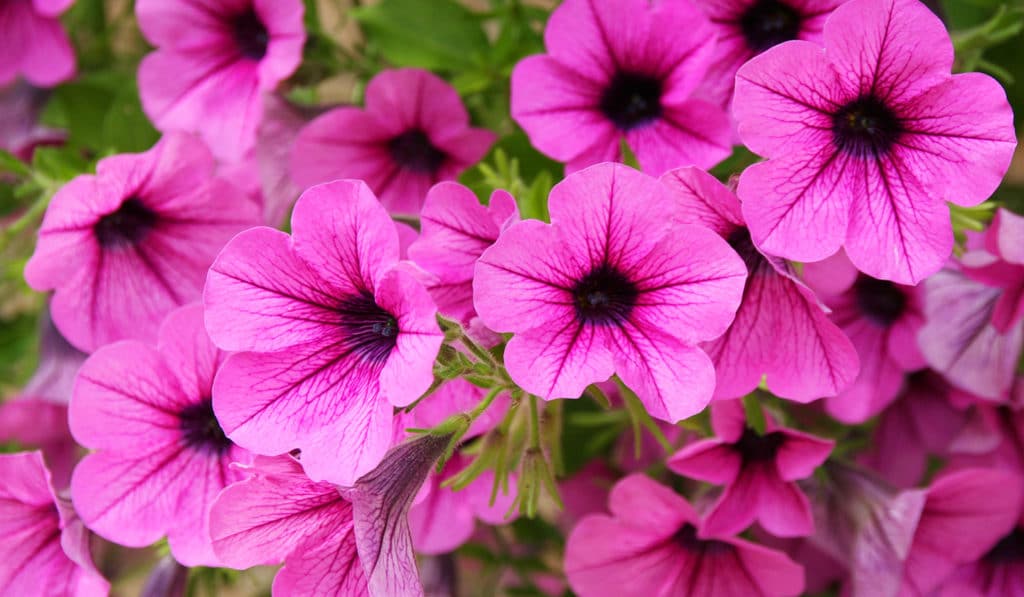

beyond the basics
-
soil & potting
Hollyhock will do well in almost any soil but prefers a well-drained soil. The most important factor is good air circulation, so do not crowd plants or plant too close to structures, hedges or other plants.
-
companion planting
Hollyhocks make excellent companions for Dahlias, Clematis, Shasta Daisies, Shrub Roses, Baby’s Breath, Black-eyed Susan, or Climbing Roses.
-
blooms
Hollyhocks have single or double, cup-shaped flowers with little or no stalk and bloom on tall spikes. Hollyhocks come in a wide variety of colours: blue, pink, purple, red, white, yellow and even black.
-
pest control
Rust is a leaf disease to which hollyhocks are especially prone. It is worse on older plants and can be kept in check by replacing plants every couple of years.
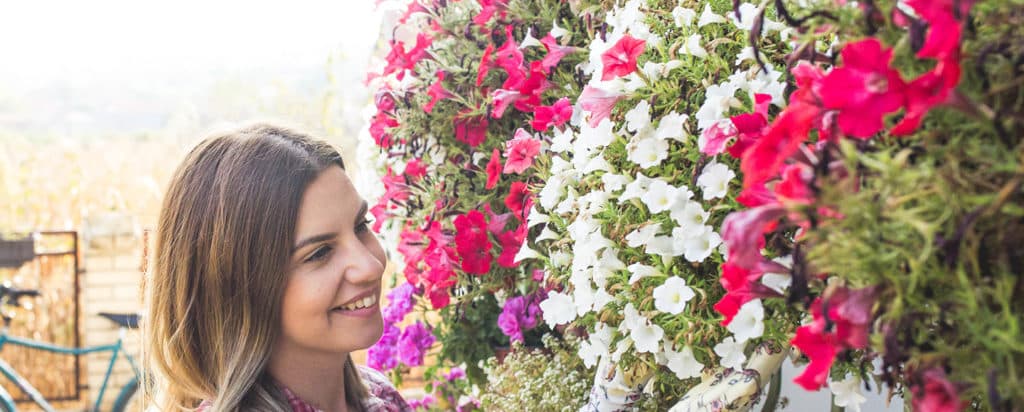
troubleshooting
-
rusty looking leaves?
Rust is a common problem with hollyhocks and can cause the plants to look ragged. Brown, yellow or orange spots appear as the fungus forms and grows. The damaged leaves will fall off as the disease progresses. Control fungi through proper removal and disposal of infected plants and with a general fungicide.
-
breaking Stems?
High winds or torrential rains can damage hollyhocks because of the sheer height of the flowers. The stalks are strong, but can be knocked around by a summer storm. A trellis positioned behind the hollyhocks gives you a place to anchor the plants. Garden twine, looped around the stalk and fastened to the trellis, keeps the hollyhocks in place when strong winds hit the garden.
-
holes in leaves?
Japanese beetles love the large leaves of the hollyhock plant and create unsightly holes in the foliage. The hibiscus sawfly looks like an elongated housefly with an orange spot just below the head. The larvae of these pests eat the foliage and can completely destroy the leaves on several plants in a short time. Insecticidal soaps and beetle traps generally aid in ridding the hollyhocks of the pests.
-
broken stalks?
Some caterpillars cause hollyhock stems to break and leaves to wilt. Close examination shows small round holes in the stems. Control stalk borers by slitting each affected stem lengthwise, removing the borers, and binding the stems together. Practice clean cultivation and burn all weeds, stems and plant remains likely to harbor over-wintering eggs.
-
wilting leaves?
A fungal stem canker attacks hollyhocks at bloom time on rare occasions. Stem lesions are first dark brown and later ash-gray. As these spots girdle the stem the part above wilts, collapses, breaks off and dies. Remove and destroy infected plants or plant parts as soon as you notice them. Disinfect clippers and other tools after using them on cankered plants. Space plants farther apart to minimize splash-borne infection.

